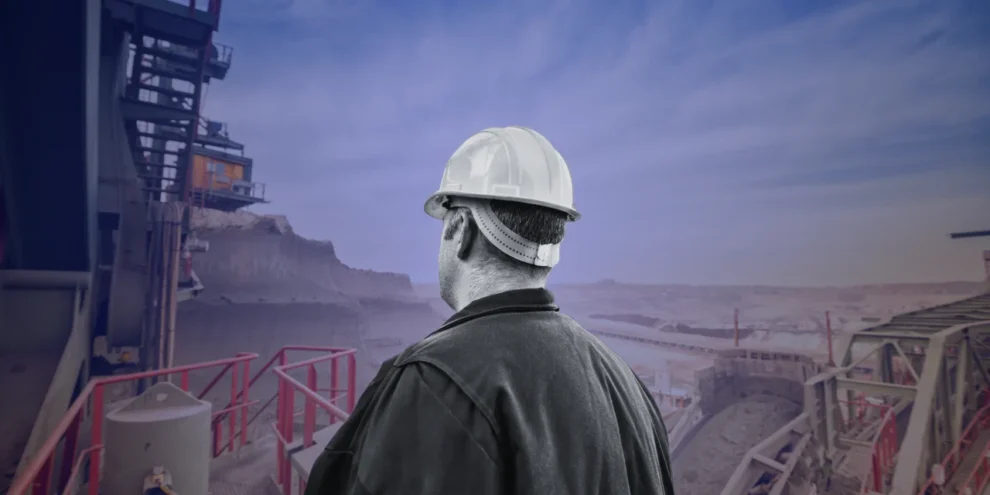In the rapidly advancing world of technology, autonomous robots equipped with artificial intelligence (AI) are now spearheading innovations in urban maintenance, particularly in street paving and repairs. These AI-driven robots are not just concepts but are increasingly being deployed in cities to tackle various challenges associated with road maintenance.
At the forefront of this technological revolution, companies like Doosan Robotics and Hyundai are demonstrating how autonomous robots can play a crucial role in construction and street maintenance. Hyundai’s introduction of the Construction Xite tractor at CES 2024 highlights a future where large-scale machinery can operate autonomously, performing tasks such as paving and excavation without human intervention. Similarly, Doosan Robotics has made significant strides with its AI cobots, like ‘Oscar the Sorter,’ which autonomously learns and sorts materials, showcasing the potential for these technologies in various industrial applications.
The integration of NVIDIA’s Isaac robotics platform, including its advanced multi-camera, 3D surround-vision capabilities, is another testament to the growing capabilities of AI in autonomous operations. This technology not only enhances the efficiency and safety of robots but also significantly reduces error rates and AI operational costs, making it ideal for tasks like street paving where precision and reliability are paramount.
Moreover, the concept of autonomous robots in street maintenance is also supported by their ability to learn and adapt to different environments. For instance, autonomous robots can be programmed to recognize and navigate around obstacles, assess pavement conditions, and execute maintenance tasks with little to no human oversight. This capability is crucial in urban areas where streets are constantly changing and require regular maintenance.
The environmental impact of these technologies is also noteworthy. By reducing the need for heavy machinery that is typically operated by humans, these robots help decrease carbon emissions and lower the overall environmental footprint of construction and maintenance operations. Additionally, the precision with which these robots operate can lead to less waste of materials, further enhancing their sustainability benefits.
Autonomous robots also promise to revolutionize the speed and efficiency of street maintenance. They can operate continuously without breaks and are typically faster at completing tasks than human crews. This increase in efficiency can lead to shorter road closures and less disruption for the public, which is a significant advantage for busy urban centers.
As cities continue to grow and the demand for efficient street maintenance increases, AI-driven autonomous robots are set to become an integral part of urban infrastructure management. With ongoing advancements in AI and robotics technology, the future where streets are paved, maintained, and repaired by robots is not just a possibility but an impending reality. The impact of these technologies extends beyond mere convenience, offering substantial improvements in safety, efficiency, and sustainability in urban development.




